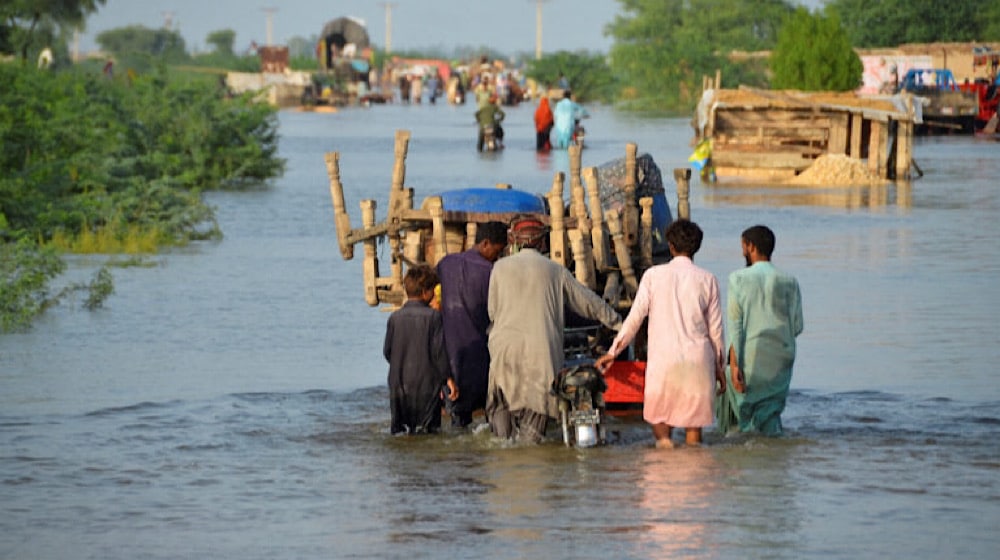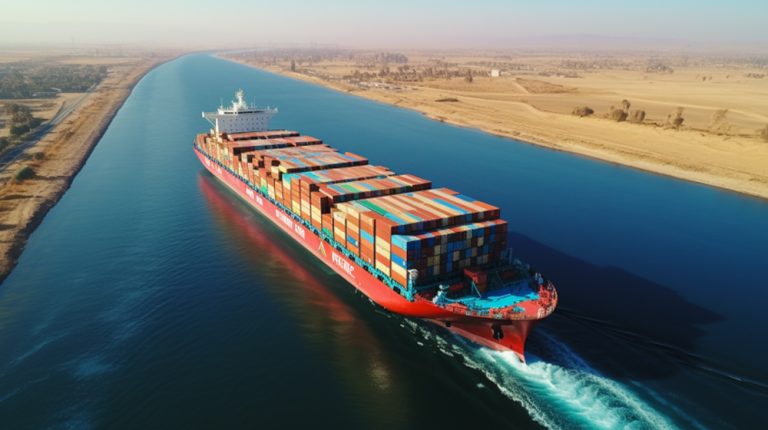The Provincial Disaster Management Authority (PDMA) of Khyber Pakhtunkhwa (KP) has identified 11 districts as the ‘most vulnerable’ to floods. This declaration was made in the Monsoon Contingency Plan 2024, unveiled on Monday.
The districts designated as high flood-prone include Upper and Lower Chitral, Swat, Dera Ismail Khan, Charsadda, Nowshera, Shangla, Upper and Lower Dir, Tank, and Peshawar. These areas have been prioritized due to their historical susceptibility to flooding.

In addition to the 11 high-risk districts, 14 other districts have been classified as medium-risk. These districts include Malakand, Torghar, Lower and Upper Kohistan, Kolai Palas, North Waziristan, Mardan, Abbottabad, Karak, Buner, South Waziristan, Lakki Marwat, Swabi, and Mohmand.
The plan’s primary objective is to mitigate the impact of floods and safeguard the lives and livelihoods of the people in KP. Flooding has been a persistent issue in the region, particularly in low-lying areas, leading to waterborne diseases, fatalities, and significant damage to property and infrastructure.
The plan adopts a multifaceted approach to flood risk management, including:
- Prevention: Discouraging construction in current and future flood-prone areas, adapting future developments to flood risks, and promoting appropriate land-use and agricultural practices.
- Mitigation: Implementing structural and non-structural measures to reduce the likelihood and impact of floods in specific locations.
- Preparedness: Educating the population about flood risks and providing guidance on appropriate actions during a flood.
- Emergency Response: Developing plans to ensure swift and effective responses during flood events.
- Recovery: Minimizing the social and economic impacts on affected communities and facilitating their return to normalcy.
The contingency plan builds on the experiences of past flood events, such as the catastrophic floods of 2010, heavy monsoon rainfalls of 2011, and flash floods in 2012 and 2022. The plan aims to strengthen preparedness and response capacities by conducting risk and vulnerability assessments while addressing any gaps and challenges identified.
PDMA Director General Mohammad Qasair Khan emphasized the importance of the contingency plan in mitigating the potential impact of floods. “It includes the implementation of improved early warning systems, streamlined evacuation procedures, and enhanced communication channels,” he stated.
Khan also highlighted the plan’s focus on community engagement. “By involving and empowering the community, the plan aims to enhance resilience and response capabilities, fostering a collaborative approach to tackle the challenges posed by monsoon-related disasters.”
PDMA spokesman Anwar Shahzad reiterated the plan’s comprehensive approach. “The contingency plan focuses on planning for the upcoming monsoon 2024 hazards to identify and analyze related risks for not just their humanitarian impacts but also the associated adverse effects on private and public infrastructure, and to define the roles and responsibilities of diverse stakeholders for preparedness and response,” he said.

Follow ProPakistani on Google News & scroll through your favourite content faster!
Support independent journalism
If you want to join us in our mission to share independent, global journalism to the world, we’d love to have you on our side. If you can, please support us on a monthly basis. It takes less than a minute to set up, and you can rest assured that you’re making a big impact every single month in support of open, independent journalism. Thank you.



























